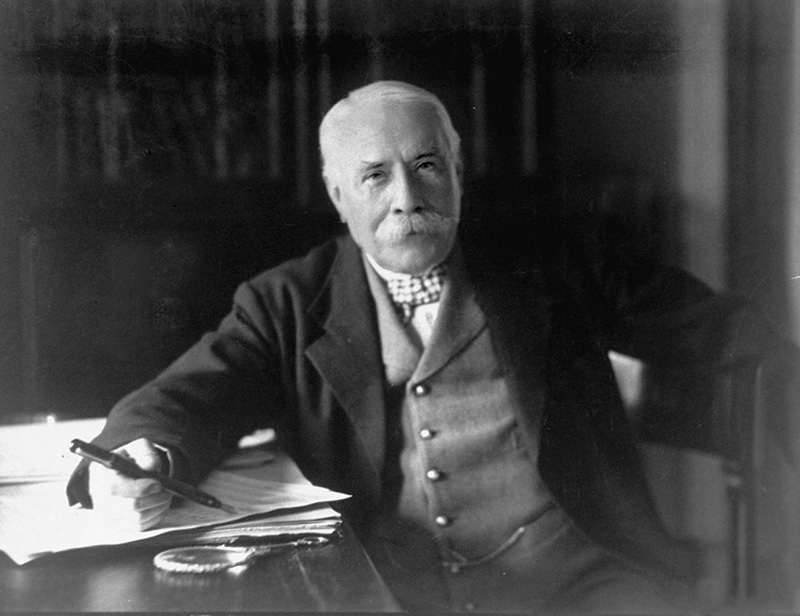Samuel Barber

- Born: March 9, 1910 in West Chester, Pennsylvania
- Died: January 23, 1981 in New York
Adagio for Strings, Op. 11
- Composed: 1936 as the slow movement of a string quartet
- Premiere: The first performance of the string orchestra version took place in 1938, when Arturo Toscanini conducted the New York Philharmonic
- Duration: approx. 10 minutes
Samuel Barber was so successful as a composer that he avoided the necessity that plagues almost all contemporary composers—having to make a living at something other than composing. Barber was a composition teacher only sporadically, except in 1939–42, when he returned to his alma mater, the Curtis Institute of Music, as a faculty member. This fact might account for there being relatively few younger composers who directly imitated his style. In contrast to his approximate contemporaries Walter Piston, Roger Sessions and Milton Babbitt, he did not teach and therefore did not imprint his musical personality on a new generation of composers.
Barber was a traditionalist who never abandoned tonality. He, like most major composers, maintained a healthy interest in all kinds of music. He studied scores by such stylistically divergent composers as Boulez, Schoenberg and Webern, but he always remained stubbornly resistant to influences foreign to this own aesthetic. He pursued his own lyricism with integrity, unconcerned with whether his music happened to be in favor or out of favor at the moment. In 1971 Barber stated, “I write what I feel. I’m not a self-conscious composer.… It is said that I have no style at all, but that doesn’t matter. I just go on doing, as they say, my thing. I believe this takes a certain courage.”.
The Adagio for Strings, the composer’s most popular piece, works its way from a subdued beginning to a climax of great intensity, after which it quietly returns to the work’s romantic spirit; despite the intense chromaticism at and just after the climax, the piece is remarkably diatonic for a composition written in 1936. Actually, Barber uses—loosely and in his own unique style—one of the medieval church modes (the Phrygian). The neo-romanticism of this work, built on the simplest and most direct of materials, lends it a unique quality; contemporary in spirit, it nonetheless evokes both 19th-century romanticism and 15th-century modality.
—Adapted from Jonathan D. Kramer